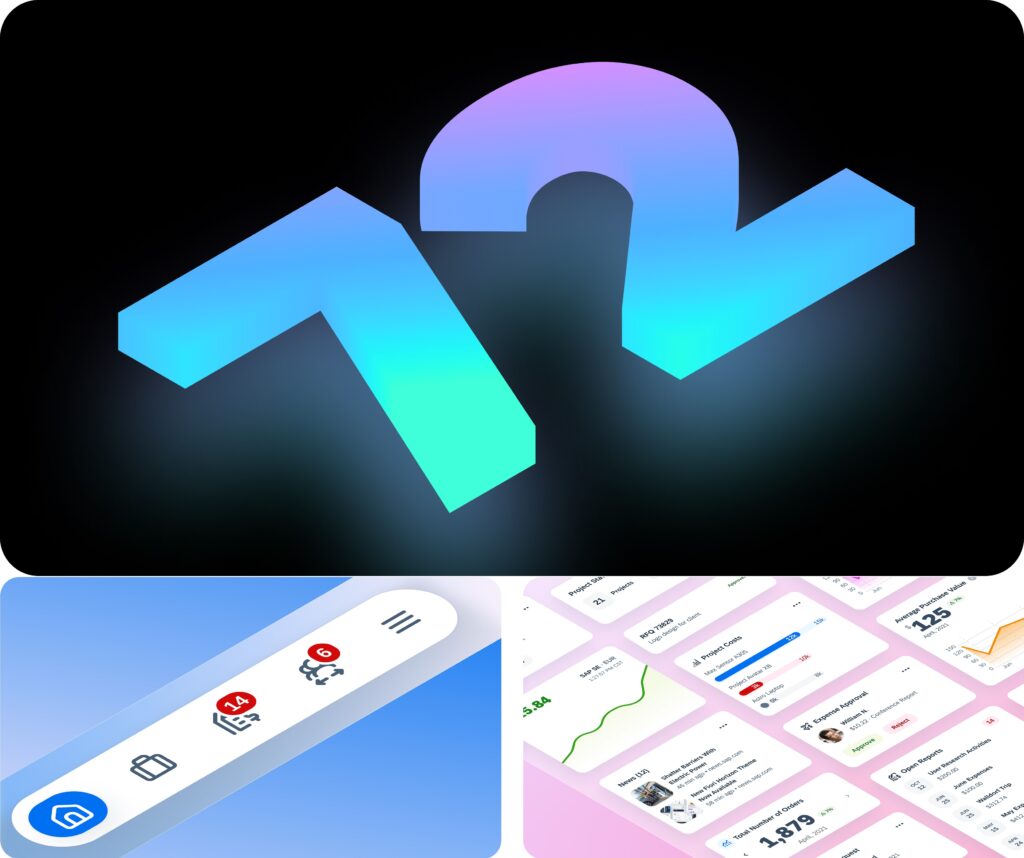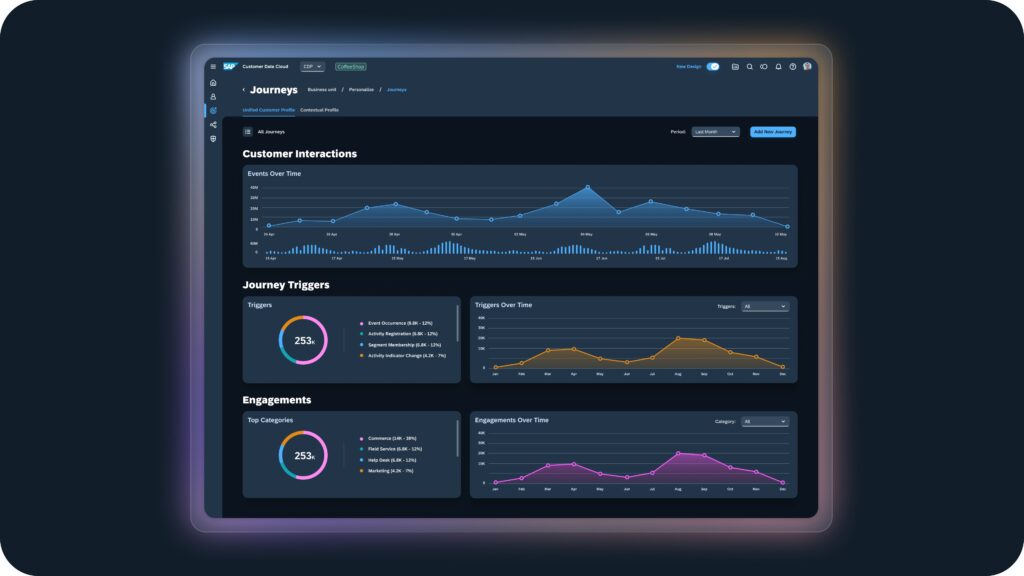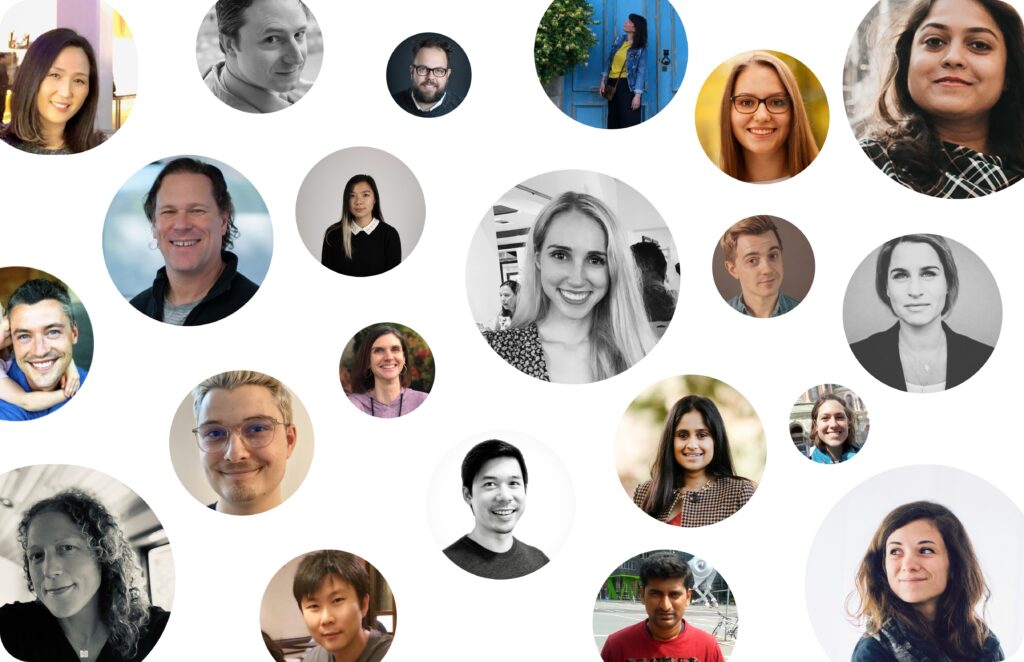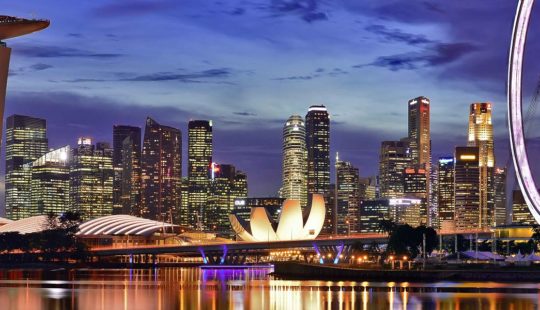SAP will celebrate its 50th anniversary next year — few companies in our industry can claim such longevity and success. We’ve grown through being customer-centric, responsive to the market environment, open to adoption and expansion, and determined to provide a fulfilling employee experience.
And today, as we’re amid global socioeconomic and environmental paradigm shifts, our mission to help every company become a best-run business and improve people’s lives is more relevant than ever before.
In this spirit of designing in the open, iterating faster, and delivering simpler and better experiences, I’m excited to share the next steps in the evolution of SAP’s user experience (UX) with you.
Where We Stand, and Where We Go From Here
In the vastness of our offerings lies our strength, but also our complexity. We’ve heard and understand the challenges that users often face onboarding into and managing their work with a variety of product experiences given the immensity of SAP’s product portfolio. Over the past decade, SAP Fiori — our design language for all SAP products — has taken monumental steps to solve this problem by bringing consistency, intelligence, and integration to dozens of technologies and hundreds of thousands of screens.
We’ve come a long way, and yet our work is still cut out for us. To ensure we deliver competitive experiences for all generations of people now and in the years ahead, we need to reinvent how we build products.

Adopting an Experience Mindset to Solve the Problems that Matter
As we look toward the future direction of the SAP experience, we know one thing is clear: our job is to help every person to make business decisions faster, more intuitively, and with better outcomes than ever before. Rethinking, listening to, learning from, and working collaboratively with our end users, customers, and partners is the only way forward.
Just like designing our products, we need to look at our design system as a human-centered design challenge. As a first step on our new journey, we immersed ourselves deeply in our global user research. After all, how can you design a solution if you do not understand the problem? User research is the basis of our experience mindset, and it has allowed us to create an initial framework of four pillars to help our design and development community prioritize and execute with high velocity as we’re improving all vectors of the SAP experience:
- Aesthetics: Making each product more approachable, modern, and delightful, ensuring all our products feel as if they come from one family
- Usability: Making our applications feel more effortless and intuitive, so people get their work done faster, more easily, and with better outcomes
- Performance: Optimizing perceived performance, starting with our most-used interactions, flows, and applications
- Accessibility: Accessibility and inclusive design as a core pillar of our design approach, ensuring that all people can do their best work using SAP services

Introducing Horizon
We are starting with the first pillar, aesthetics. Why? Because first impressions matter. Our users and customers tell us that they want our experiences to look, feel, and sound approachable, friendly, easy to use, and modern. Horizon represents a significant step in the evolution of our aesthetic and the SAP Fiori design system.
Horizon exemplifies a new set of design principles that are based on our research on how people want to work in the Intelligent Enterprise. We like to think of it as:
- Intentional and exceptional, meeting users’ intentions with relentless attention to detail, resulting in exceptional product experiences.
- Effortless and intuitive, making work feel like second nature while eliminating friction and surprises.
- Seamless and cohesive, delivering a cohesive, cross-platform experience throughout the SAP solution family and all touchpoints for our users.
- Bold yet friendly, making users feel relaxed and inspired by using bolder colors and typography, with a friendly, approachable, and contemporary look and feel.
- Inclusive and ethical, opening up enterprise software for everyone with a deep commitment to accessibility and strong ethical framework that will flex with the times. Designing with people instead of only for people.
To execute on these principles, we are also evolving our design system to be simpler and more modular with a strong, “distinctly SAP” core, adapting to all types of use cases, applications, and technologies. More than just a theme, Horizon represents a new way of building products at SAP.

Putting End Users in the Center, Starting Today
With Horizon, end users will gain an unprecedented role in the way we develop our software going forward. SAP S/4HANA Cloud 2111 customers can register via SAP Early Adopter Care to let their users try it out and provide feedback, directly in the system through a build-in survey based on Qualtrics software or by participating in a desirability study. The preview will also be available to developers on SAP Business Technology Platform (SAP BTP), as an experimental theme, not yet for productive use.
As we release this preview, we’ll continue to iterate on it in cooperation with our users and prove that we are standing by our mission — to test and learn in an effort to continuously improve the design. Every user can share with us what works, what doesn’t, and how we can make things better for them.
The introduction of the Horizon theme at SAP TechEd is just the beginning. The next evolution of the SAP design system has a large scope and will be delivered in steps across all SAP cloud products over the next months and quarters. Going into 2022, we are already lining up more products to carry the new design language; for example, as a future update for SAP Mobile Start, along with many more products to come.
And as we update our product experiences, we intend to move through our work transparently and systematically, looking to learn from user input, live user insights, and telemetry every step of the way.
Transforming Our Design and Development Culture
At SAP, we are lucky to work with a vast network of talented designers and developers from all across the globe. Because products are a reflection of the people who made them and how they’re made, we have also redesigned the way we design at SAP over the past six months.
In May this year, we’ve introduced our employees at SAP to a new way of working, building on our global design community across all business units and embracing open source methodology with one shared tool set to allow everyone to contribute so that all can benefit from the best ideas. Our federated model of working will take a centralized, tested design language and spread it over any of our SAP products. The different units will be able to adopt, customize, and share components, maximize telemetry, and truly move forward together as a networked organism. It is time to redesign how we design and build products — together.

What you see in Horizon today and what we will release over the coming quarters is the result of the incredible ongoing collaboration of designers, researchers, and UX engineers from more than 11 product areas all coming together to define, design, and implement SAP’s new design language based on the needs of our users as well as our engineering teams.
Moving Forward, Openly and Together
The most common statement uttered in our virtual halls is “the devil is in the details,” and our success is reliant on our attention to those details. These details are not found solely in the aesthetics, but in the overall quality of the user experience shaped by usability, accessibility, and performance orchestrated in harmony.
We know what we have to do, and we are ready to deliver the product experience our users and customers deserve. We are excited to share our first step in this journey and explore together with you — openly and earnestly. And we cannot wait to hear your feedback.
To learn more about our new strategy, tune into the SAP TechEd session Dive into the User Experience and Design Journey of SAP Solutions today, and join the rest of the user experience sessions at SAP TechEd in 2021 for more UX content.
You can find additional details in:
- Horizon preview for cloud customers starting with the 2111 release
- How SAP’s UI technologies are supporting the new Horizon visual theme of SAP Fiori
This story originally appeared on the SAP Design channel on Medium.


